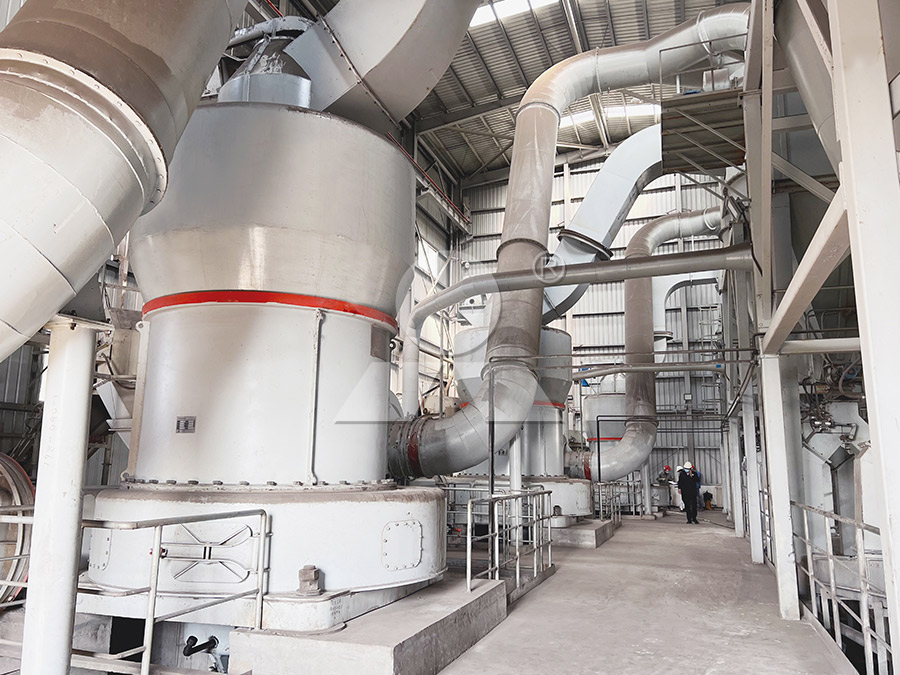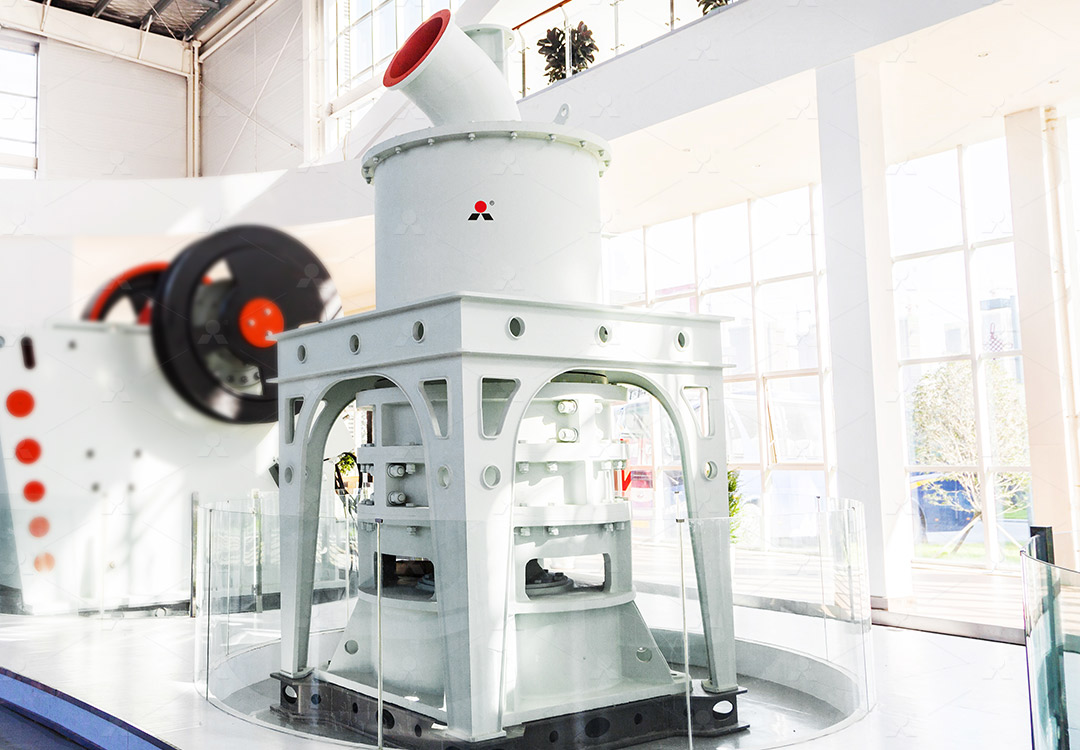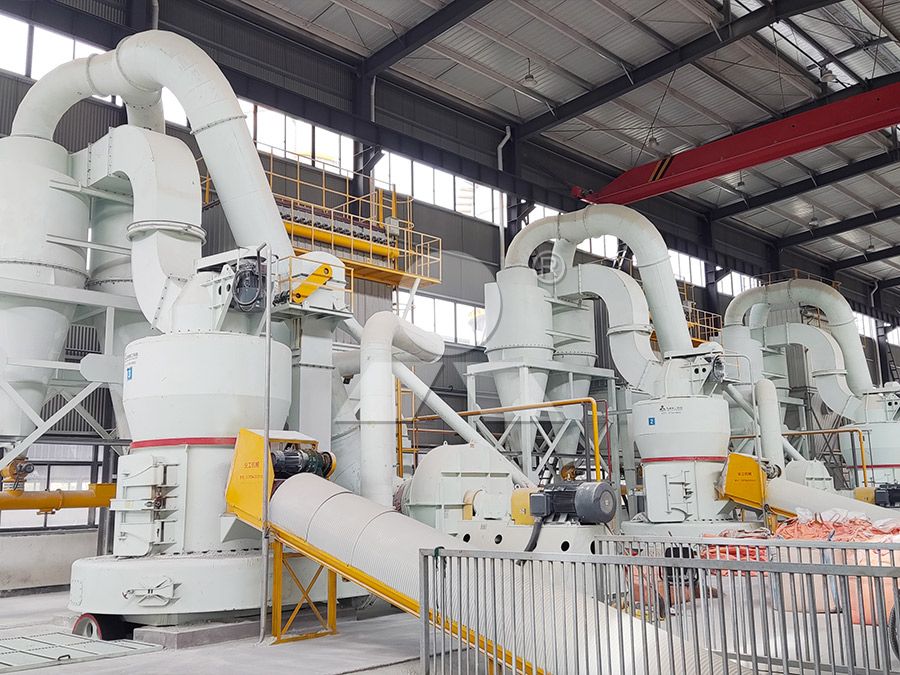325 Mesh Limestone Grinding Mill Production Line Case Video
Unlocking Precision: The 325 Mesh Limestone Grinding Challenge
When our engineering team first visited the quarry site in Central Texas, the project manager laid out a clear challenge: “We need consistent 325 mesh limestone powder for our industrial filler applications, but our current system can’t maintain the required fineness without constant recalibration.” This scenario is familiar to many operations managers seeking to optimize their mineral processing workflows.

The heart of the matter lies in achieving that precise 325 mesh specification—approximately 44 microns—while maintaining throughput efficiency. Too coarse, and the product fails quality checks; too fine, and you’re wasting energy on over-processing. After analyzing their production requirements and site constraints, we recommended our MW Ultrafine Grinding Mill as the core component of their new production line.
Technical Implementation Strategy
Our implementation began with a thorough analysis of their raw material characteristics. The limestone feedstock varied between 0-20mm in size, perfectly suited for the MW Mill’s input parameters. What made this equipment particularly suitable was its ability to handle the exact capacity range required—12 tons per hour—while guaranteeing the 325 mesh specification.
During the commissioning phase, our engineers focused on optimizing the cage-type powder selector, a German technology that provides exceptional precision in particle separation. The client particularly appreciated the flexibility to adjust fineness between 325-2500 meshes, giving them room to expand their product portfolio in the future.

Operational Advantages Realized
The production line’s performance exceeded expectations in several key areas. Energy consumption dropped by approximately 35% compared to their previous system, directly attributable to the MW Mill’s innovative grinding curve design. The absence of rolling bearings and screws in the grinding chamber eliminated their most frequent maintenance issue—bearing failures that previously caused weekly downtime.
Environmental compliance was another significant benefit. The integrated pulse dust collector maintained workplace air quality well below regulatory thresholds, while the muffler system reduced operational noise to conversation-level volumes. The plant manager noted: “We’ve eliminated three separate dust collection units that were previously needed, simplifying our maintenance schedule considerably.”
Production Line Integration
The complete system incorporated pre-crushing, conveying, and classification equipment, but the MW Mill served as the heart of the operation. Its compatibility with various upstream and downstream components allowed for seamless integration into their existing workflow. The digital control system provided real-time monitoring of production parameters, enabling operators to make immediate adjustments when needed.

For operations requiring different throughput capacities or dealing with space constraints, we often recommend the LUM Ultrafine Vertical Grinding Mill as an alternative. With its compact footprint and capacity range of 5-18 tph, it’s particularly suited for facilities where floor space is at a premium while still maintaining the precision grinding capabilities needed for high-value limestone products.
Frequently Asked Questions
What makes the MW Ultrafine Grinding Mill particularly suitable for 325 mesh limestone production?
The MW Mill’s cage-type powder selector technology provides exceptional control over particle size distribution, consistently delivering precisely graded 325 mesh product. Its unique grinding curve design ensures higher efficiency specifically in the 325-400 mesh range that’s critical for limestone filler applications.
How does the system handle variations in raw material hardness?
Through hydraulic adjustment capabilities and intelligent control systems, the MW Mill automatically compensates for moderate variations in material characteristics. For significant hardness variations, our engineers recommend pre-sorting and blending strategies to maintain optimal grinding conditions.
What is the typical operational lifespan of the grinding components?
The grinding roller and ring assembly typically processes 8,000-10,000 hours of limestone before requiring replacement, depending on material abrasiveness. The split design of vulnerable parts significantly reduces maintenance time and costs when replacement becomes necessary.
Can the production line be adapted for different fineness requirements?
Absolutely. The MW Mill’s flexibility allows quick adjustment between 325-2500 meshes, enabling producers to respond to market demands for different product specifications without major equipment modifications.
